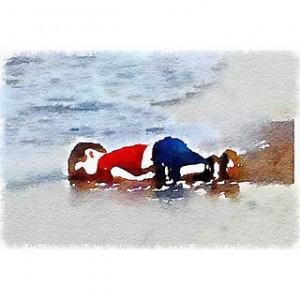While I normally passively scroll through my Facebook newsfeed, an article posted by a high school friend caught my eye. The article, entitled “The Lonely Death of George Bell,” discussed just what one would assume—the lonely death of George Bell, a 72-year-old New Yorker.
Unlike most deaths, the death of George Bell went unnoticed. It was not until neighbors complained of a rotting smell, that police discovered Bell’s decomposing body amidst the many belongings that filled his overwhelmingly cluttered apartment. Despite many efforts to identify and contact Bell’s next of kin, no one came forth and his body remained in the Queens Hospital Morgue for months until further investigation was done. Without any family or friends to make arrangements for Bell’s home, belongings, and funeral, the tasks fell upon the office of the Queens Country public administrators.
Although a lengthy read, this article recounts the stories of all those who helped put Bell to rest when no one else was there to. From the public investigators who spent hours cleaning out this man’s apartment to the funeral director and undertaker who were the only ones to bid him farewell, each story touches on different aspects of death and subsequently life. With each story a piece of George Bell’s life comes to light and readers learns details of this man’s life and why it may have come to a lonely end.
“Yet death even in such forlorn form can cause a surprising amount of activity. Sometimes, along the way, a life’s secrets are revealed.”
While it was not an uplifting read, the writing in this piece beautifully articulate death and its vexing emotions. This article forced me to reflect on my life and my bonds and friendships with others. I encourage you all to read this article as well. I could not help but wonder what may be discovered about my life after I pass. Though Bell’s life had come to an end, through the efforts of investigators its details were unfolded and we see that, “[death] closes doors but also opens them.”



